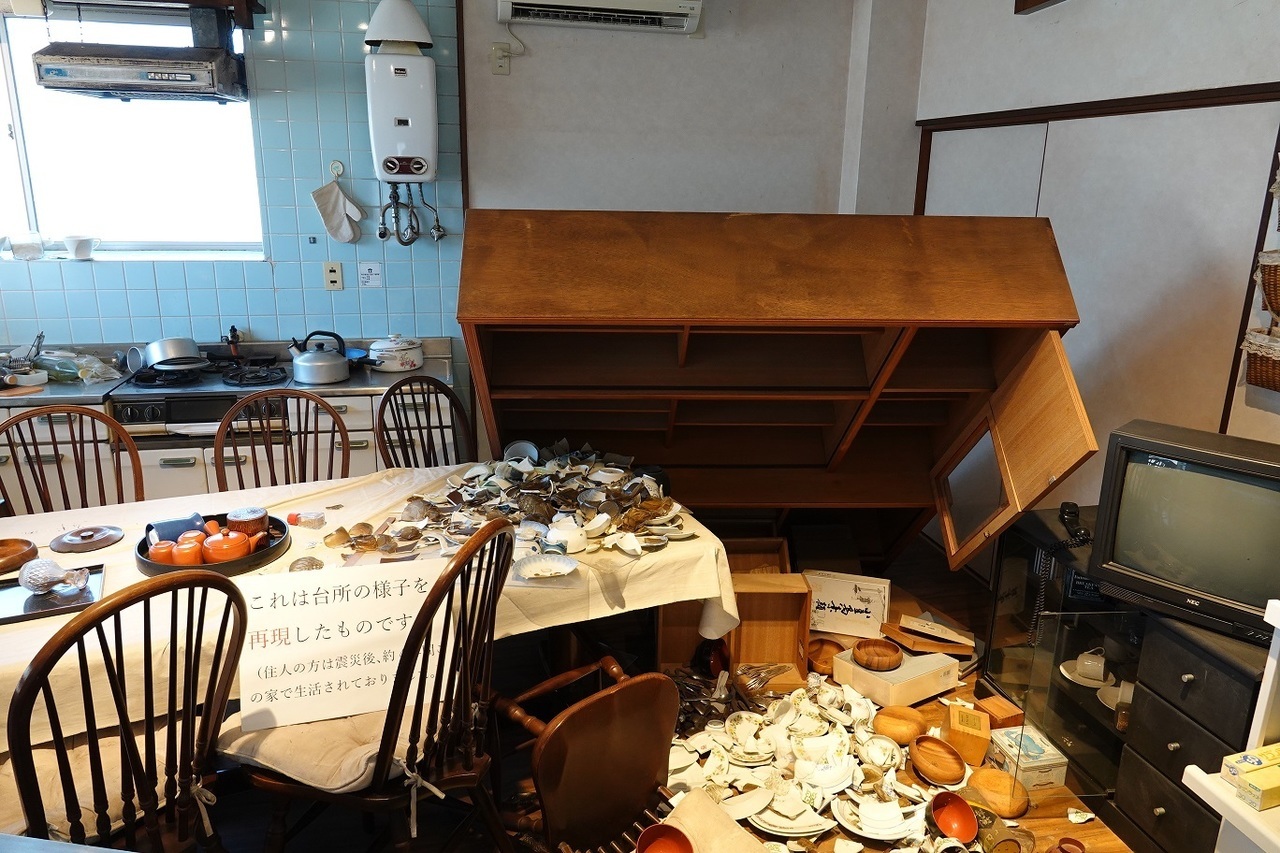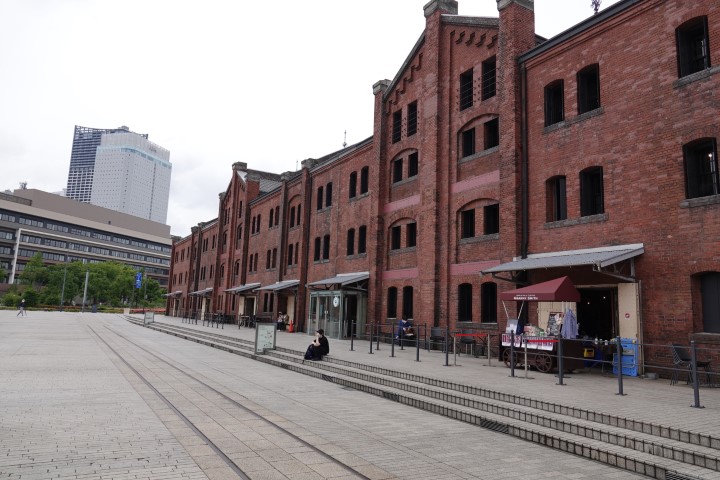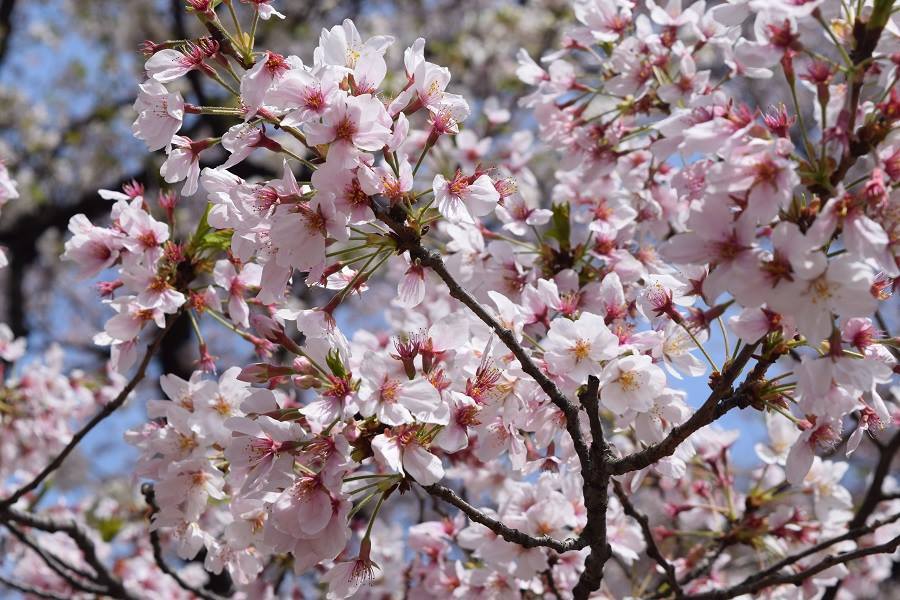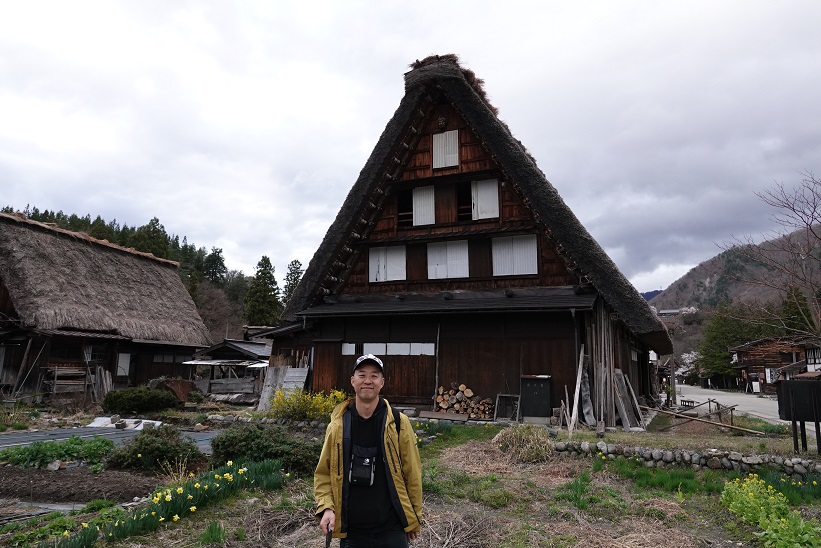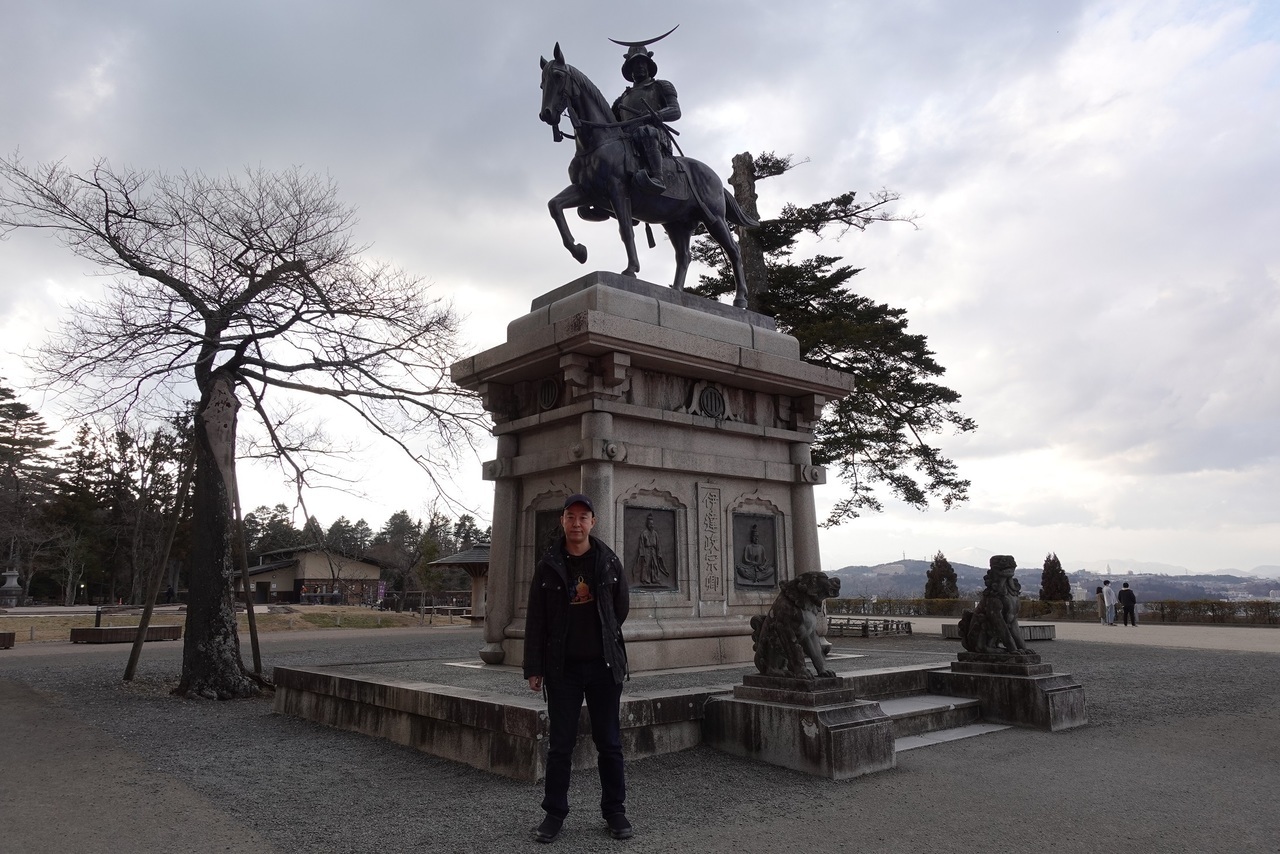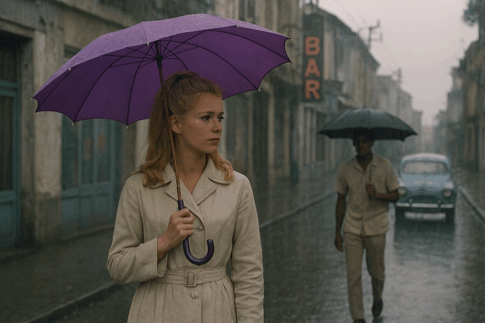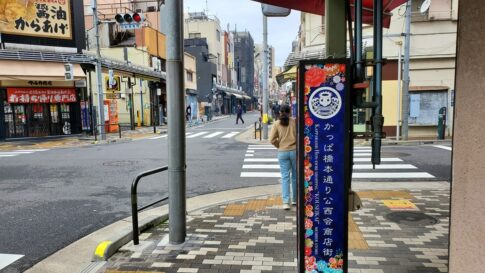




日本語
金閣寺は正式名称を鹿苑寺と言い、1397年に室町幕府第三代将軍、足利義満によって建立されました。
この金箔を施したお寺の壮麗な外観は、金閣寺が清水寺に次いで京都で二番目に人気のある観光スポットである一つの理由です。
面白いことに、このお寺の各階には異なる建築様式が採用されています。
新型コロナウイルスの拡散とうだるような夏の暑さのため、通常よりも訪問者の数がかなり少なめでした。そのため、このかけがえのない文化遺産のきれいな写真を、人の頭や帽子、日傘が入ることなく、たくさん撮ることができました。

英語 (English)
The Golden Pavilion is officially named Rokuon-ji Temple, and was built in 1397 by Yoshimitsu Ashikaga, the third shogun of the Muromachi Shogunate.
The spectacular appearance of this gilded temple is one of the reasons for its status as the second most popular tourist site in Kyoto after Kiyomizu Temple.
Interestingly, each floor of the temple has a different architectural style.
Because of the spread of COVID-19 and sweltering summer heat, there were much fewer visitors than usual, so I could take a bunch of beautiful pictures of this irreplaceable cultural heritage, with no heads, hats, or parasols.

ドイツ語(Deutsch)
Der Goldene Pavillon heißt offiziell Rokuon-ji-Tempel und wurde 1397 von Yoshimitsu Ashikaga, dem dritten Shogun des Muromachi-Shogunats, erbaut.
Das spektakuläre Aussehen dieses vergoldeten Tempels ist einer der Gründe für seinen Status als zweitbeliebteste Touristenattraktion in Kyoto nach dem Kiyomizu-Tempel.
Interessanterweise hat jede Etage des Tempels einen anderen Baustil.
Aufgrund der Verbreitung von COVID-19 und der drückenden Sommerhitze gab es viel weniger Besucher als gewöhnlich, so dass ich viele wunderschöne Bilder dieses unersetzlichen kulturellen Erbes ohne Köpfe, Hüte oder Sonnenschirme machen konnte.

フランス語(Français)
Le pavillon d’or est officiellement nommé temple Rokuon-ji et a été construit en 1397 par Yoshimitsu Ashikaga, le troisième shogun du shogunat Muromachi.
L’apparence spectaculaire de ce temple doré est l’une des raisons de son statut de deuxième site touristique le plus populaire de Kyoto après le temple Kiyomizu.
Ce qui est intéressant, c’est que chaque étage du temple a un style architectural différent.
En raison de la propagation du COVID-19 et de la chaleur étouffante de l’été, il y avait beaucoup moins de visiteurs que d’habitude, donc j’ai pu prendre un tas de belles photos de ce patrimoine culturel irremplaçable, sans têtes, ni chapeaux, ni parasols.

スペイン語 (Español)
El Pabellón Dorado se llama oficialmente Templo Rokuon-ji y fue construido en 1397 por Yoshimitsu Ashikaga, el tercer shogun del Shogunato Muromachi.
La espectacular apariencia de este templo dorado es una de las razones de su estatus como el segundo sitio turístico más popular de Kioto después del templo Kiyomizu.
Curiosamente, cada piso del templo tiene un estilo arquitectónico diferente.
Debido a la propagación del COVID-19 y al sofocante calor del verano, hubo mucho menos visitantes que de costumbre, por eso pude sacar un montón de fotos bonitas de este patrimonio cultural insustituible, sin cabezas, sombreros ni sombrillas.

イタリア語(Italiano)
Il Padiglione d’Oro è ufficialmente chiamato Tempio Rokuon-ji e fu costruito nel 1397 da Yoshimitsu Ashikaga, il terzo shogun dello Shogunato Muromachi.
L’aspetto spettacolare di questo tempio dorato è uno dei motivi del suo status di secondo sito turistico più popolare di Kyoto, dopo il Tempio Kiyomizu.
È interessante notare che ogni piano del tempio ha uno stile architettonico diverso.
A causa della diffusione del COVID-19 e del caldo torrido estivo, c’erano molto meno visitatori del solito, quindi ho potuto scattare un sacco di bellissime foto di questo patrimonio culturale insostituibile, senza teste, cappelli o ombrelli da sole.

ポルトガル語(Português)
O Pavilhão Dourado é oficialmente chamado de Templo Rokuon-ji e foi construído em 1397 por Yoshimitsu Ashikaga, o terceiro shogun do Shogunato Muromachi.
A aparência espetacular deste templo dourado é uma das razões para seu status como o segundo local turístico mais popular em Kyoto depois do Templo de Kiyomizu.
Curiosamente, cada andar do templo tem um estilo arquitetônico diferente.
Por causa da disseminação do COVID-19 e do calor sufocante do verão, houve muito menos visitantes do que o normal, então pude tirar um monte de belas fotos desse patrimônio cultural insubstituível, sem cabeças, chapéus ou guarda-sóis.

ロシア語 (Русский Язык)
Золотой павильон официально называется храмом Рокуон-дзи и был построен в 1397 году Ёсимицу Асикага, третьим сёгуном сёгуната Муромати.
Великолепный внешний вид этого позолоченного храма является одной из причин его статуса второй по популярности туристической достопримечательности в Киото после храма Киёмидзу.
Интересно, что каждый этаж храма выполнен в разном архитектурном стиле.
Из-за распространения COVID-19 и изнуряющей летней жары посетителей было намного меньше, чем обычно, поэтому я смог сделать много красивых фото этого незаменимого культурного наследия без голов, головных уборов и зонтиков от солнца.

オランダ語(Nederlands)
Het gouden paviljoen heet officieel de Rokuon-ji-tempel en werd in 1397 gebouwd door Yoshimitsu Ashikaga, de derde shogun van het Muromachi-shogunaat.
Het spectaculaire uiterlijk van deze vergulde tempel is een van de redenen voor zijn status als de tweede meest populaire toeristische plek in Kyoto na de Kiyomizu-tempel.
Interessant is dat elke verdieping van de tempel een andere bouwstijl heeft.
Vanwege de verspreiding van COVID-19 en de zinderende zomerse hitte waren er veel minder bezoekers dan normaal, dus ik kon een heleboel mooie foto’s maken van dit onvervangbare culturele erfgoed, zonder hoofden, hoeden of parasols.

スウェーデン語(Svenska)
Guldpaviljongen heter officiellt Rokuon-ji-templet och byggdes 1397 av Yoshimitsu Ashikaga, den tredje shogunen i Muromachi Shogunatet.
Det spektakulära utseendet på detta förgyllda tempel är ett av orsakerna till dess status som den näst mest populära turistplatsen i Kyoto efter Kiyomizu-templet.
Det som är intressant är att varje våning i templet har en annan arkitektonisk stil.
På grund av spridningen av COVID-19 och den svällande sommarvärmen fanns det mycket färre besökare än vanligt, så jag kunde ta ett gäng vackra bilder av detta oersättliga kulturarv, utan huvuden, hattar eller parasoller.



